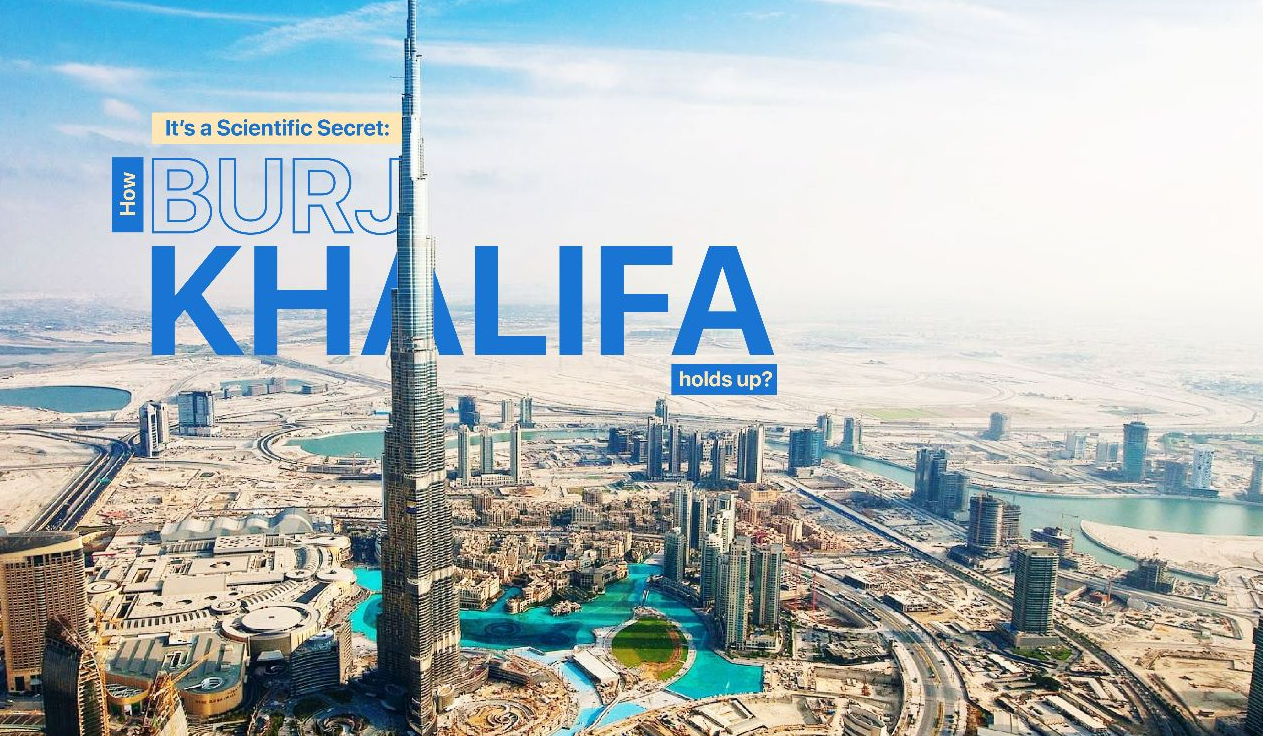One of the tallest buildings in the world, Burj Khalifa is filled with many secrets and surprises. Find out some of them with us. An architectural marvel – this skyscraper in Dubai is known for what it is – being the tallest in the world.
Introduction
In 2010, the Burj Khalifa was completed and opened in Dubai. Standing at 829.8 meters, it is currently the tallest building in the world. So how does such a massive structure stay standing? It’s a scientific secret! The engineers who designed the Burj Khalifa used some pretty amazing science and engineering to make sure that it could withstand high winds and accommodate the weight of all the occupants. Let’s take a look at how they did it.
How are you able to see so far away?
There are many ways to see far away, but one of the most popular methods is using a telescope. A telescope allows you to see objects in the sky that are too far away to be seen with the naked eye. The Burj Khalifa in Dubai is one of the tallest buildings in the world, and it has a viewing platform on the top floor that offers stunning views of the cityscape below.
What is a Skyscraper/Tower anyway?
A skyscraper is a tall, continuously habitable building having multiple floors. When the term was originally used in the 1880s, it described buildings of 10 to 20 stories. However, the definition of a skyscraper has changed over time, and now refers to buildings of at least 40 or 50 stories. Some sources include taller buildings as well. towers are usually taller than skyscrapers, but there is no definitive height above which a structure can be classified as a tower rather than a skyscraper.
How tall is Burj Khalifa?
The Burj Khalifa is the tallest building in the world, standing at 828 meters (2,717 feet). But how does this massive structure stay standing? engineers have devised a system of supports that redistribute the weight of the building and keep it from toppling over. The design is inspired by the shape of a desert flower, with each petal supporting a portion of the weight. This unique design can be found throughout the building, from the base to the top.
The Base and Structure of Burj Khalifa
The Burj Khalifa is the tallest building in the world, standing at 2,722 feet. But how does such a tall structure stay standing? It all starts with the foundation and the superstructure.
The foundation of the Burj Khalifa is made up of 192 piles that go down as far as 150 meters (492 feet) into the ground. That’s deeper than most skyscrapers are tall! The piles are made of reinforced concrete and they’re key to keeping the building stable.
The superstructure of the Burj Khalifa is made mostly of steel, which is why it’s so important that the foundation is so strong. The steelframework is what gives the building its shape and helps support all of the weight.
So next time you’re admiring the Burj Khalifa, remember that it’s not just a pretty face – it’s a engineering masterpiece!
The Architects, Engineers and Designers of Burj Khalifa
The Burj Khalifa is one of the tallest buildings in the world and it is a feat of engineering. The builders, architects and engineers who worked on the construction of the building are all responsible for its impressive design and height. In this blog section, we will take a look at the people who made the Burj Khalifa what it is today.
The architect of the Burj Khalifa is Adrian Smith. He is responsible for the overall design of the building. The engineers who worked on the construction of the building are Bill Summers and Eddie Habraken. They are responsible for making sure that the building is stable and safe. The designer of the Burj Khalifa is Charles Beaubois. He is responsible for the aesthetic design of the building.
All of these people worked together to create one of the most impressive buildings in the world. The Burj Khalifa is a testament to their skill and talent.
Conclusion
In conclusion, the Burj Khalifa is an absolutely incredible feat of engineering. Its design and construction are both amazing in their own right, and it’s truly a sight to behold. If you ever have the chance to see it in person, we highly recommend it – you won’t be disappointed!

